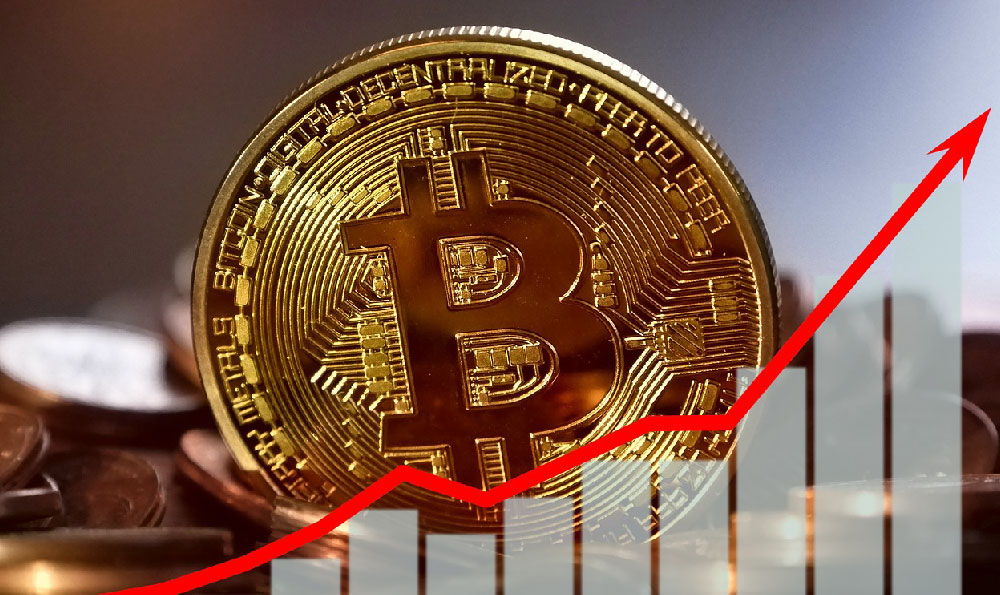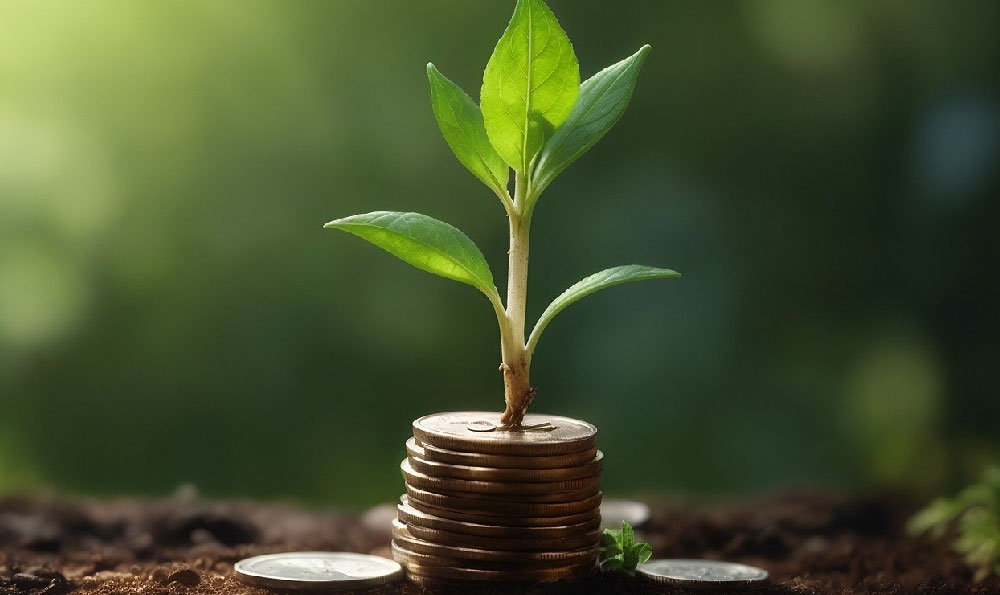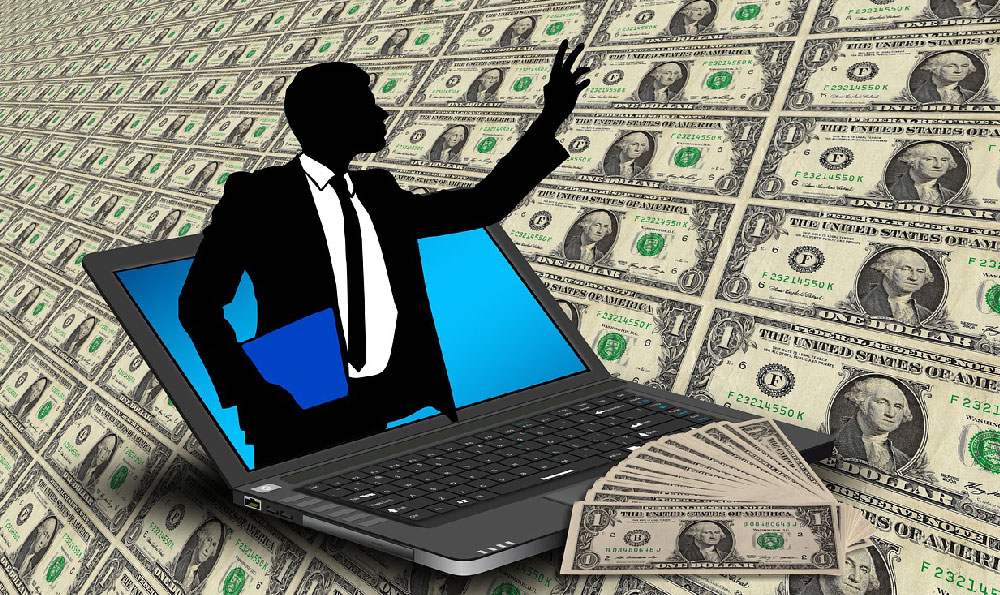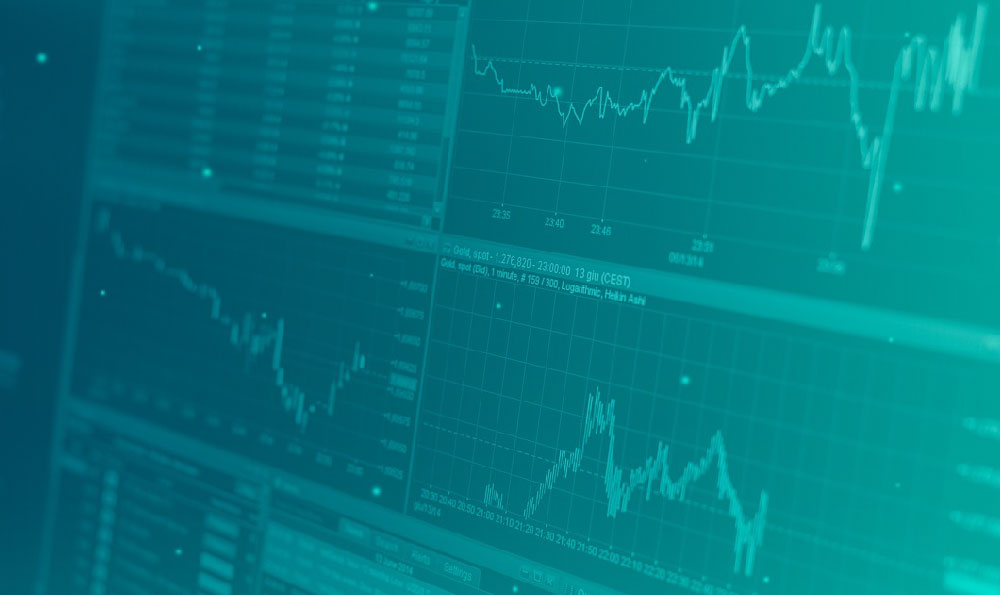The income of a barber is a multifaceted subject, deeply intertwined with factors ranging from geographic location and experience to the business model they operate under and the services they provide. To paint a comprehensive picture of a barber's earning potential, we must delve into these contributing elements and explore the average barber salary from various angles.
Firstly, location plays a significant role. Barbers working in metropolitan areas or affluent neighborhoods typically command higher prices for their services. Rent, cost of living, and the general clientele's willingness to spend more on grooming all contribute to this. For instance, a barber in New York City or Los Angeles is likely to earn considerably more than one in a rural town in the Midwest, simply due to the market demand and pricing structures in those areas. Demand, population density, and competition within the local barbering industry also impact earning potential. Areas with a higher demand for barbering services and a manageable number of competitors tend to allow barbers to set more competitive prices and attract a larger clientele.
Experience is another key determinant. A newly licensed barber, fresh out of barber school, will naturally earn less than a seasoned professional with years of experience and a loyal customer base. As barbers gain experience, they refine their skills, build a reputation, and attract a larger clientele. They might also specialize in certain styles or techniques, such as fades, beard sculpting, or straight razor shaves, allowing them to charge premium rates for these specialized services. Continued professional development, such as attending workshops and seminars to learn new techniques and stay updated on industry trends, further enhances their earning potential. An experienced barber might also take on mentorship roles, training new barbers and earning additional income.

The business model under which a barber operates significantly impacts their take-home pay. Barbers can be employees, independent contractors (renting a chair), or business owners. An employee typically earns a fixed salary or hourly wage, often supplemented by tips. While this offers a stable income, it may limit earning potential compared to other models. Independent contractors, renting a chair in a barbershop, have more control over their pricing and schedule. They pay rent to the shop owner but keep the majority of their earnings. This model offers greater flexibility and the potential for higher income, but it also requires managing their own clients, marketing, and booking appointments. Finally, barbers who own their own barbershops have the highest earning potential but also bear the most risk. They are responsible for all aspects of the business, including rent, utilities, marketing, staffing, and inventory. However, if the business is successful, they can reap the rewards of their hard work and build a valuable asset.
The types of services offered and the pricing strategies employed also influence a barber's income. A barber who only offers basic haircuts will likely earn less than one who provides a range of services, such as beard trims, hair coloring, styling, and hot towel shaves. Upselling services and products, such as hair tonics, styling gels, and beard oils, can also significantly increase revenue. Smart pricing strategies, such as offering package deals or loyalty programs, can attract and retain customers, boosting overall earnings. Furthermore, cultivating a strong brand identity and marketing themselves effectively through social media and local advertising can draw in new clients and increase demand for their services.
Tipping culture is a crucial element in a barber's overall compensation. In many cultures, it's customary to tip barbers for their services, typically around 15-20% of the total bill. These tips can represent a significant portion of their income, particularly for barbers who provide excellent service and build strong relationships with their clients.
Now, addressing the question of average barber salary, it is crucial to acknowledge the variability discussed above. However, based on available data and industry reports, the average annual salary for barbers in the United States typically falls within a range of $30,000 to $50,000. This figure can fluctuate considerably depending on the factors mentioned earlier. Some barbers, particularly those in high-demand areas with a strong clientele and entrepreneurial mindset, can earn upwards of $70,000 or even $100,000 per year. Conversely, barbers in lower-cost areas or those just starting their careers may earn closer to the lower end of the range.
It is also important to note that these figures often represent gross income, and barbers must account for expenses such as rent (for independent contractors or shop owners), supplies, insurance, marketing, and taxes. These expenses can significantly reduce their net income, so it's essential for barbers to manage their finances effectively and budget accordingly.
In conclusion, determining a barber's income is not a straightforward calculation. It requires considering a multitude of factors, including location, experience, business model, services offered, pricing strategies, and tipping culture. While the average barber salary provides a general benchmark, individual earnings can vary widely based on these contributing elements. For those considering a career in barbering, understanding these factors and developing a strategic approach to building their business is crucial for maximizing their earning potential and achieving financial success. Building a strong reputation, providing exceptional service, and continuously honing their skills are all essential ingredients for a rewarding and lucrative career in the barbering industry. Finally, sound financial planning and business management skills are paramount for converting hard work into long-term financial stability and growth.












